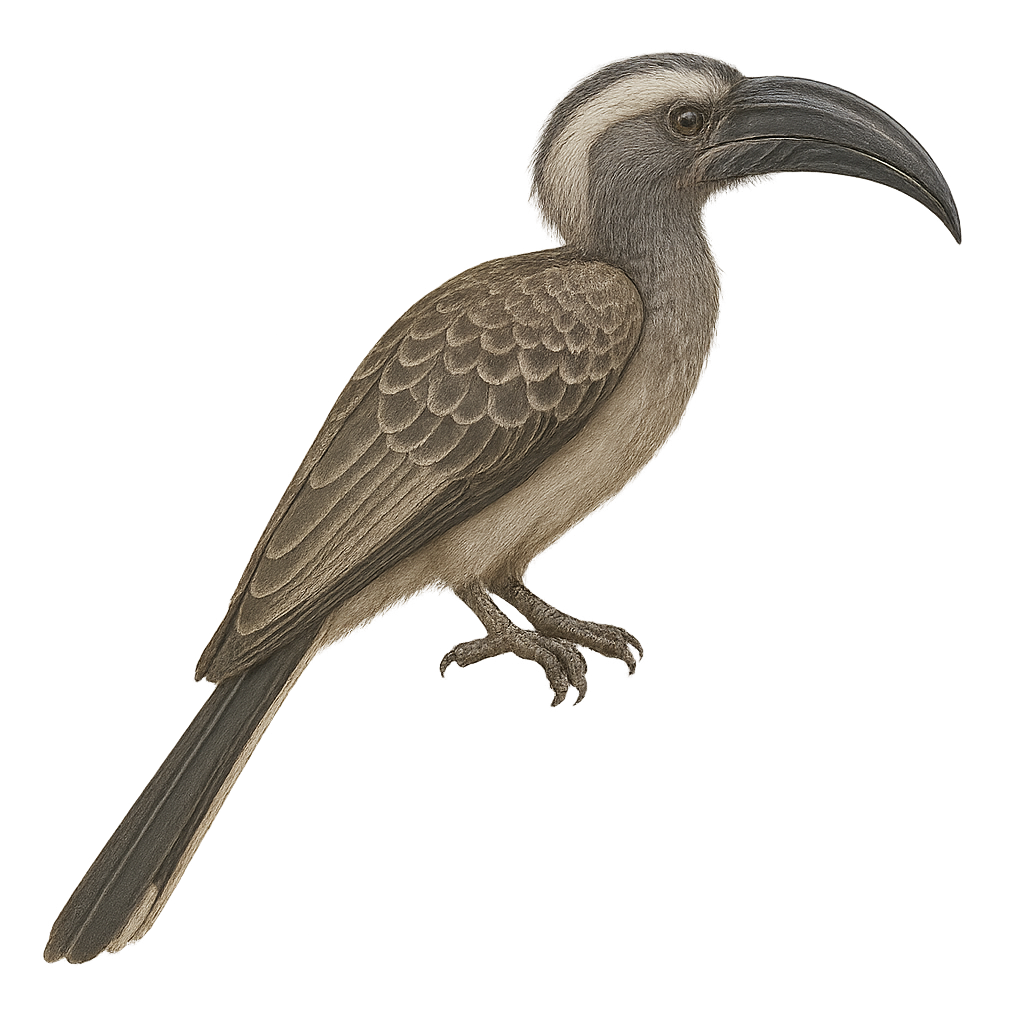Your wildlife photography guide.
Explore the african grey hornbill in detail, study its behavior, prepare your shots.
Where to observe and photograph the african grey hornbill in the wild
Learn where and when to spot the african grey hornbill in the wild, how to identify the species based on distinctive features, and what natural environments it inhabits. The WildlifePhotographer app offers tailored photography tips that reflect the african grey hornbill’s behavior, helping you capture better wildlife images. Explore the full species profile for key information including description, habitat, active periods, and approach techniques.
African Grey Hornbill
Scientific name: Lophoceros nasutus

IUCN Status: Least Concern
Family: BUCEROTIDAE
Group: Birds
Sensitivity to human approach: Suspicious
Minimum approach distance: 10 m
Courtship display: March to May
Incubation: 23-25 jours
Hatchings: March to June
Habitat:
Savannas, open forests, wooded areas
Activity period :
Primarily active during the day, with peak activity in the morning and late afternoon.
Identification and description:
The African Grey Hornbill, or Tockus nasutus, is a medium-sized bird known for its long, curved bill, typically black with a lighter base. It features predominantly grey plumage with lighter shades on the belly and white markings on the wings. This bird is widespread in sub-Saharan Africa, inhabiting savannas, open forests, and wooded areas. It is noted for its social behavior, often seen in small groups or pairs. The African Grey Hornbill primarily feeds on fruits, insects, and occasionally small vertebrates. Its call is distinctive, consisting of nasal cries and whistles.
Recommended lens:
400 mm – adjust based on distance, desired framing (portrait or habitat), and approach conditions.
Photography tips:
To photograph the African Grey Hornbill, it is advisable to use a telephoto lens of at least 400mm to capture detailed images without disturbing the bird. Look for areas where they feed or rest, often in trees. Be patient and discreet, as although they are suspicious, they can get used to your presence if you remain still. Take advantage of morning or afternoon light for well-lit shots, and try to capture their social behavior or graceful flight.
The WildlifePhotographer App is coming soon!
Be the first to explore the best nature spots, track rutting seasons, log your observations, and observe more wildlife.
Already 1 431 wildlife lovers subscribed worldwide

